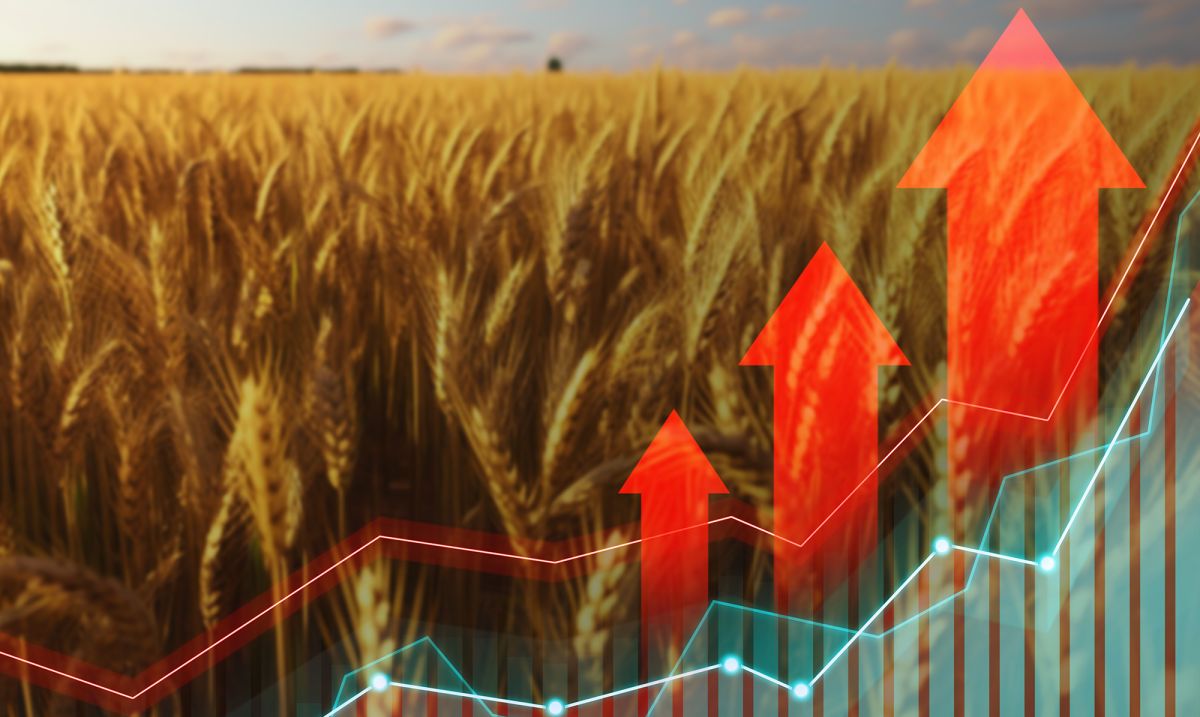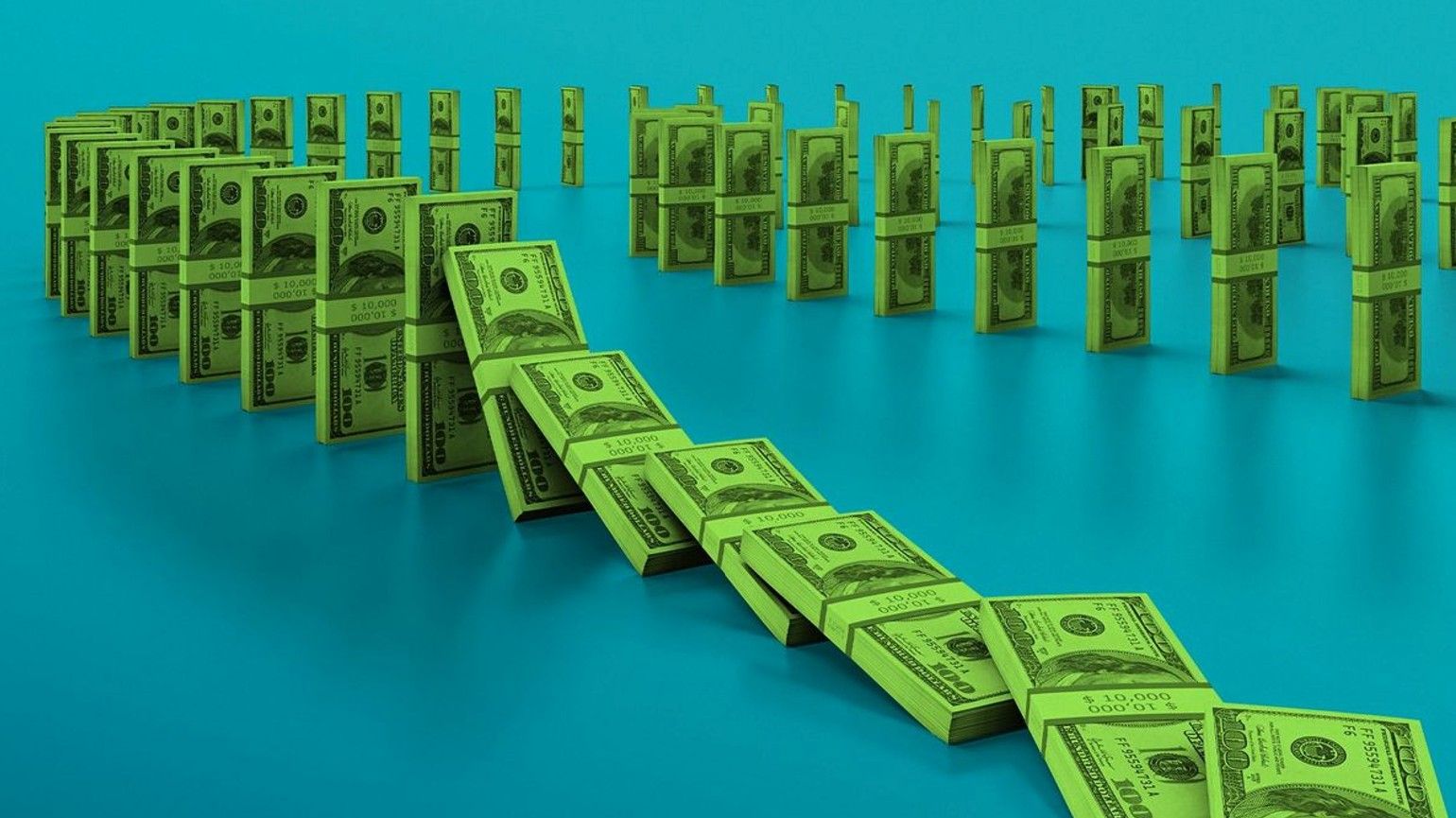Economy, eNews
Agriculture Industry Hit by High Interest Rates
The agricultural economy is expected to significantly expand by 2024. However, potential obstacles such as increasing production costs from inflation and high interest rates, fluctuating market prices, climate change and global crises like the Russian-Ukraine conflict may hinder this growth.

The agricultural economy is expected to significantly expand by 2024. However, potential obstacles such as increasing production costs from inflation and high interest rates, fluctuating market prices, climate change and global crises like the Russian-Ukraine conflict may hinder this growth.
According to Statista, gross production value in the agriculture market is projected to amount to $303.70 billion in 2024. “An annual growth rate of 3.07% is expected (CAGR 2024-2028), resulting in gross production value of $342.70 billion in 2028,” the report reads. “The import value in the agriculture market is projected to amount to $84.8 billion in 2024. The export value in the agriculture market is projected to amount to $115.6 billion in 2024. An annual growth rate of 7.33% is expected (CAGR 2024–2028).”
In 2022/23, production increased for all major grains and oilseeds in Russia, according to a USDA report. “Both barley and wheat are primarily winter crops that had been negatively affected by an ice crusting event in 2021/22 but rebounded with ideal weather conditions in 2022/23,” the report reads. “Wheat production has nearly doubled from a decade ago.”
Yes, but: Despite market prices that could reach record highs, the cattle industry is unlikely to expand herd numbers for the next year or two. Due to high feed costs, lingering drought and a limited labor supply, Americans are forecast to consume nearly 3% less beef per person this year than in 2023, according to a Successful Farming article.
Beef industry analyst CattleFax said herd expansion would be slow to appear and cattle slaughter could shrink until 2026. “Over a third of the cow herd was affected by drought in 2023, causing limited heifer retention and more liquidation in some regions,” said Kevin Good, CattleFax vice president of market analysis. “This will limit growth to the cow herd near-term.”
Higher beef prices may soften consumer demand at the grocery store, but shoppers are willing to pay for high-quality meat, said Good. “Though inflation has moderated, consumer debt and interest rates, cheaper alternative proteins and economic uncertainty may limit spending and impact purchasing decisions.”
The drop in cattle prices also poses a challenge for farmers as many are struggling financially. “Farmer incomes aren’t as good right now,” said Chad Hart, Ph.D., associate professor of economics at Iowa State University (Ames, IA). “They’ve slowed down that economic drive and it has led to an increase in the need for ranchers to either obtain credit again through their vendors or through their banks.”
Net farm income, a broad measure of profits, is forecast at $116.1 billion in calendar year 2024, a decrease of $39.8 billion (25.5%) relative to 2023 in nominal (not adjusted for inflation) dollars, according to USDA. “This follows a forecast decrease of $29.7 billion (16.0%) from 2022 to $155.9 billion in 2023,” the report reads.
Agricultural producers have felt the pain of rising production costs due to inflation and higher interest rates due to the Fed’s monetary policy.
- The federal funds rate, unchanged since last July, sits between 5.25% and 5.5%.
- At its December meeting, the Fed signaled the potential for an equivalent of three rate cuts of 25 basis points each in 2024.
- Meanwhile, the CME FedWatch Tool, a gauge of the market, projects six cuts in 2024, each 25 basis points.
Two factors give the Fed reason to keep interest rates higher for longer—a tight labor market and strong wages. The unemployment rate stands at 3.7%, marking 23 consecutive months below 4%. However, the Fed does expect unemployment to be just above 4% through 2026.
In addition to higher unemployment and lower interest rates in 2024, the Fed projected at its December meeting that real GDP growth is expected to slow sharply in 2024. Real GDP will begin to slowly increase through 2026. “In this environment, producers need a working capital management plan, as well as a clear understanding of their operation’s debt commitment and tolerance levels,” reads an article by Farm Credit Services of America.
Many farmers struggle with cash flow as it is, but high interest rates make it more challenging to stabilize. “Many farmers are not as financially savvy or don’t have the financial resources in order to pay that additional $50,000 in interest,” said Kevin Stinner, CCE, CCRA, credit manager at J.R. Simplot Company (Loveland, CO). “There’s not a tremendous amount of long-term debt out there, but there is a lot of short-term debt. So, they’re paying more for those leases.”
But some experts are optimistic about the overall growth of the economy. “The agricultural economy overall is still in fairly decent shape, especially on the crop side when we had those record exports,” Hart said. “It’s just not quite as stellar as it was a year or two ago and we’ve seen a lot stronger downturns in the past.”





